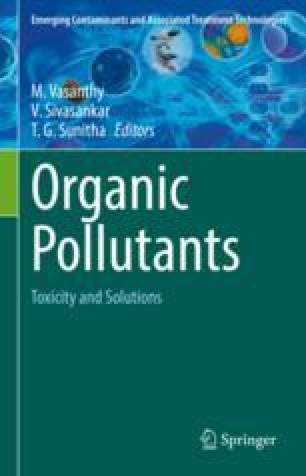

Materials Technology: Challenges and Opportunities. He was an elected fellow of the Indian Academy of Sciences (1974), the Indian National Science Academy (1979) and the Indian National Academy of Engineering. The Indian Nuclear Society awarded him the INS Homi Bhabha Lifetime Achievement Award in 2001 and the Ministry of Mines of the Government of India selected him for the Lifetime Achievement Award in 2006. The next year, he received the third highest civilian honor from the Government of India, the Padma Bhusan. He received two more awards in 1985, the Sanjay Gandhi Award for Science and Technology of the Government of India and the Syed Husain Zaheer Medal of the Indian National Science Academy. In between, he received the National Metallurgists' Day Award in 1970 and the VASVIK Industrial Research Award in 1979. The Indian Institute of Metals (IIM) awarded Sundaram, the Kamani Gold Medal in 1967 IIM honored him again in 1985 with the Platinum Medal in 1985, the same year as he received the Distinguished Alumnus Award of the Indian Institute of Science. He also served as the president of the Indian Nuclear Society and the Indian Institute of Metals (1981–82). He served as the chief editor of the Transactions journal of the Indian Institute of Metals from 1972 to 1980 as well as the Metals Materials and Processes journal and sat in the editorial board of the Journal of Nuclear Materials. He was an honorary member of the Indian Institute of Metals and a regular member of the Metallurgical Society (USA). He also translated the Shivananda Lahari of Adi Shankaracharya into English. Besides, he published two books on science, Materials Technology: Challenges and Opportunities, published in 1995 and Atomic Energy in India, 50 Years, published by the Department of Atomic Energy in 1998. His studies have been documented by way of a number of articles.

Sundaram was a pioneer of extractive metallurgy in India.

Subsequently, he guided the Prototype Fast Breeder Reactor project until his retirement. Later, when he moved to IGCAR, he took over the Fast Breeder Test Reactor (FBTR) project and it was during his tenancy as the director, the reactor reached criticality, in 1985. He oversaw the project from research to production, including the setting up of a pilot plant.
#A V SUNDARAM BOOKS PDF PROFESSIONAL#
Professional profile ĭuring his early years at the DAE, Sundaram was in charge of the production of zirconium, beryllium, titanium, tantalum and other refractory metals and he contributed to the establishment of a production facility at Nuclear Fuel Complex which produced zirconium sponge, niobium and tantalum metal products. Sundaram died on 15 August 2008, at the age of 78. In between, he did a short stint at the Regional Research Laboratory (present-day) Institute of Minerals and Materials Technology, as the chairman of its research council.
#A V SUNDARAM BOOKS PDF FULL#
Later, he moved to the National Institute of Advanced Studies, a centre of higher learning, as the Homi Bhabha visiting professor until his full retirement in 2001. He served out his regular career at IGCAR and after retirement from official service in 1989, he continued his association with DAE as a consultant to the Nuclear Fuel Complex. His next move was to Bhabha Atomic Research Centre as the head of the department of metallurgy in 1975 where he worked until 1982, when he was appointed as the director of Indira Gandhi Centre for Atomic Research (IGCAR). In 1956, he joined the Department of Atomic Energy (DAE) where he was entrusted with the responsibility of the production of refractory metals. His doctoral research was at the Indian Institute of Science under the guidance of Brahm Prakash, a noted metallurgist who was a recipient of such honors as Padma Shri, Shanti Swarup Bhatnagar Prize and Padma Bhushan, which earned him a doctoral degree (DIISc) in 1952. Sundaram was born on 7 November 1929 at Ottappalam, in Palakkad district of the south Indian state of Kerala.


 0 kommentar(er)
0 kommentar(er)
